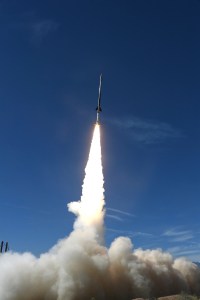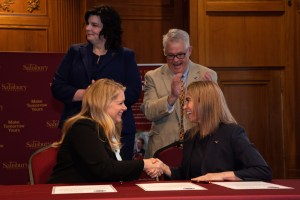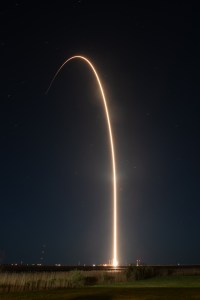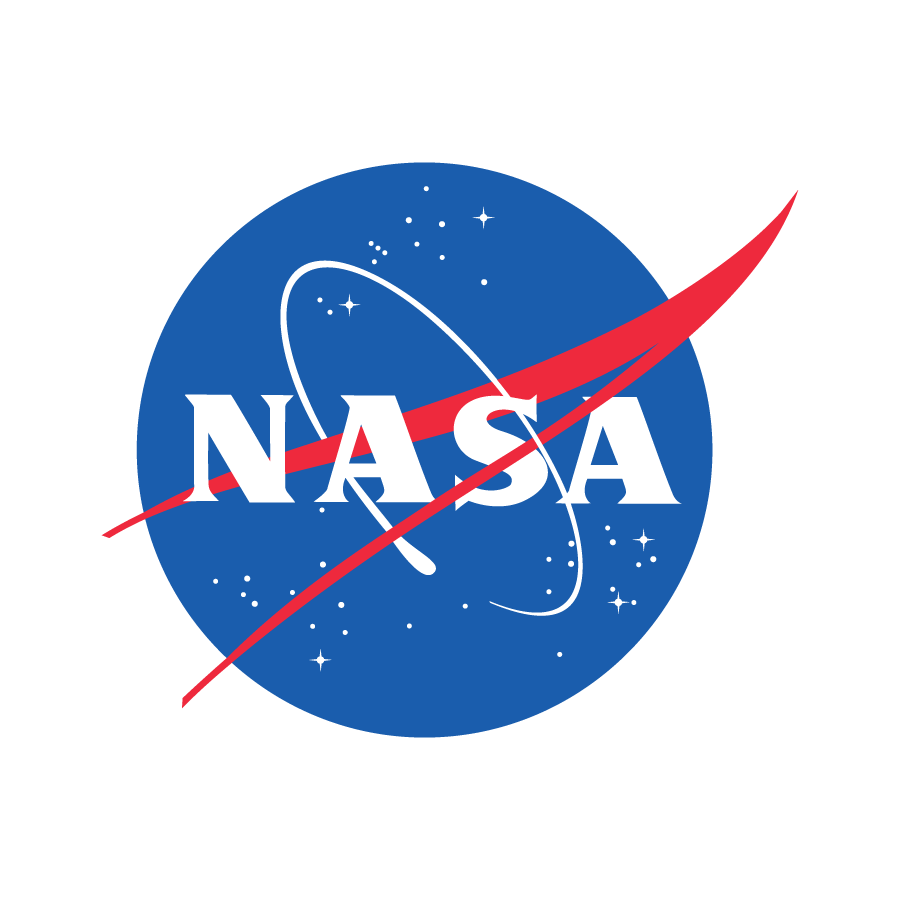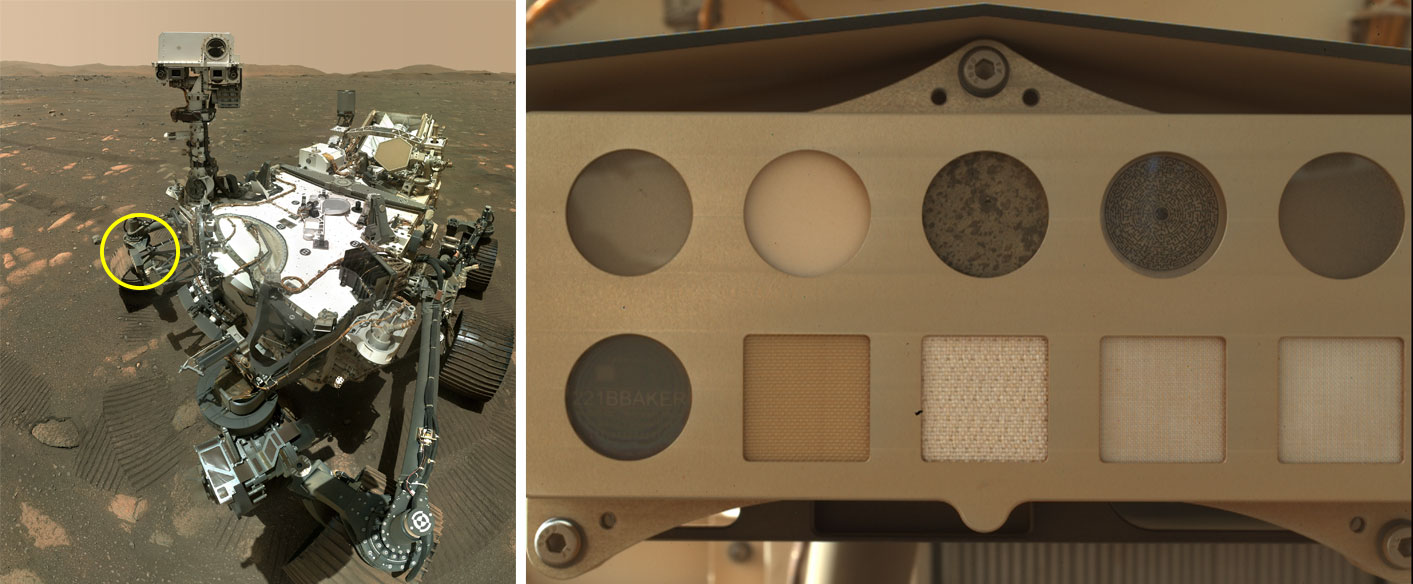NASA Balloons Head North of Arctic Circle for Long-Duration Flights
NASA is set to begin launch operations mid-May for the 2024 Sweden Long-Duration Scientific Balloon Campaign. Four stadium-sized, scientific balloons carrying science missions and technology demonstrations are scheduled to lift off from Swedish Space Corporation’s Esrange Space Center, situated north of the Arctic Circle near Kiruna, Sweden. The campaign will continue through early July. “NASA’s […]
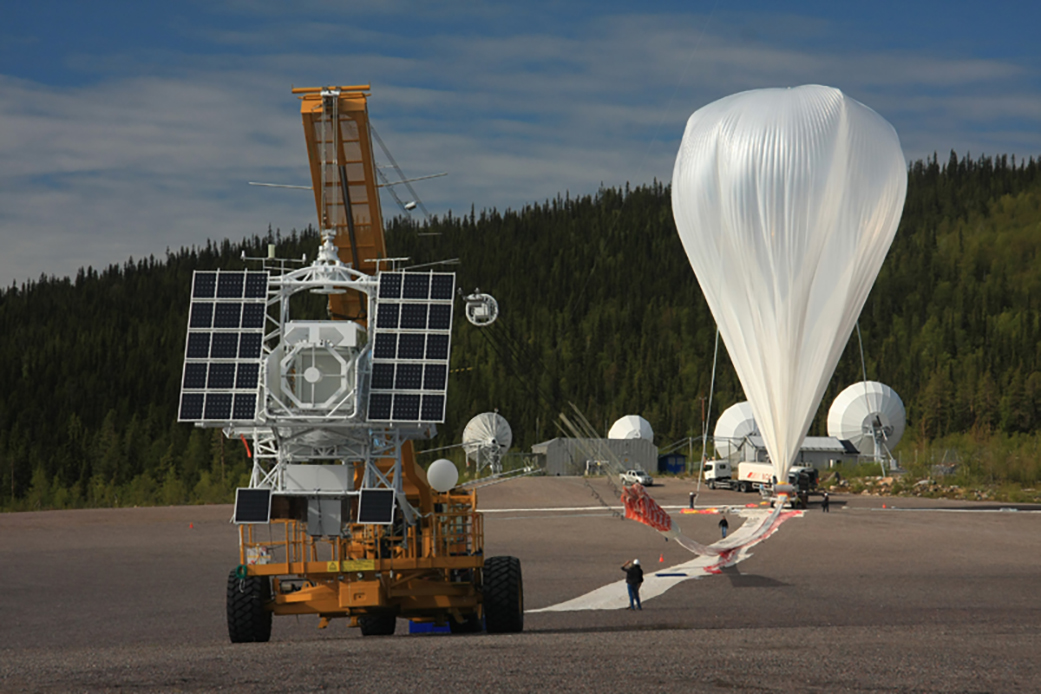
4 min read
Preparations for Next Moonwalk Simulations Underway (and Underwater)
NASA is set to begin launch operations mid-May for the 2024 Sweden Long-Duration Scientific Balloon Campaign. Four stadium-sized, scientific balloons carrying science missions and technology demonstrations are scheduled to lift off from Swedish Space Corporation’s Esrange Space Center, situated north of the Arctic Circle near Kiruna, Sweden. The campaign will continue through early July.
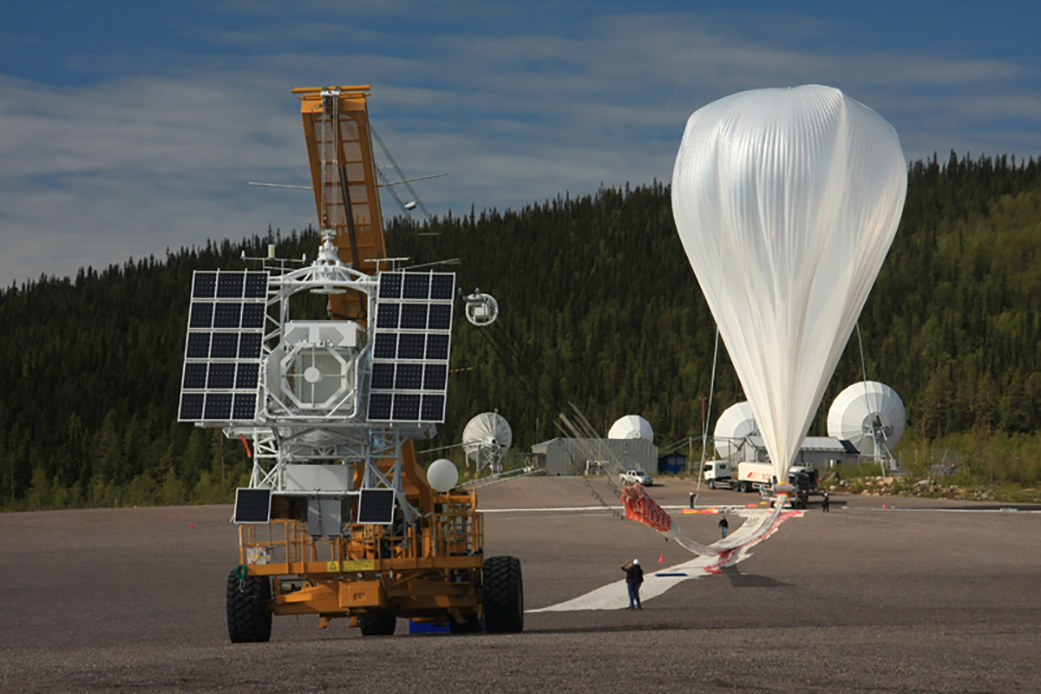
“NASA’s Balloon Program is excited to conduct our long-duration balloon campaign from Sweden this year,” said Andrew Hamilton, acting director of NASA’s Balloon Program Office. “Our partnership with the Swedish Space Corporation is valuable to NASA and the scientific community by allowing us to use their high-quality facilities at Esrange.”
Esrange, located in a vast unpopulated area in the northernmost part of Sweden, is an ideal location for the campaign. This area in Sweden’s polar region experiences constant daylight during summer. NASA’s zero-pressure balloons, used during the campaign, typically experience gas loss during the warming and cooling of the day to night cycle. However, they can perform long-duration flights in the constant sunlight of a polar region. “The location of the launch range and the stratospheric winds allow for excellent flight conditions to gather many days of scientific data as the balloons traverse from Sweden to northern Canada,” said Hamilton.
Four primary missions on deck for the Sweden campaign include:
- HELIX (High-Energy Light Isotope eXperiment): A balloon-borne experiment that features a powerful superconducting magnet designed to measure the flux of high-energy cosmic ray isotopes to energies that have not been explored. The measurements will help determine the age of cosmic rays in our galaxy.
- BOOMS (Balloon Observation of Microburst Scales): A high-resolution imager of X-rays from energetic electron microbursts that appear in the polar atmosphere. The mission will fly on a 60 million cubic feet balloon, a test flight set to qualify the balloon for reaching altitudes greater than 150,000 feet, which is higher than NASA’s current stratospheric inventory.
- SUNRISE-III: A solar observatory that takes high-resolution imaging and spectro-polarimetry of layers of the Sun called the solar photosphere and chromosphere, and active regions to measure magnetic field, temperature, and velocities with high height temporal resolution.
- XL-Calibur: A telescope that will observe a sample of galactic black hole and neutron star sources to gain new insight on how these objects accelerate electrons and emit X-rays.
Piggyback missions, or smaller payloads, sharing a ride on the XL-Calibur balloon flight include:
- IRCSP (Infrared Channeled Spectro-Polarimeter): A technology development mission for high-altitude spectro-polarimetric measurements of cloud tops to help improve measurements of the size and shape of ice particles, which are crucial in understanding weather and improving climate models.
- WALRUSS (Wallops Atmospheric Light Radiation and Ultraviolet Spectrum Sensor): A technology development mission for a sensor package capable of measuring the total ultraviolet (UV) − split among UVA, UVB, and UVC wavelengths − and ozone concentration.
NASA’s scientific balloons are a quick and cost-effective way to test, track, and recover scientific experiments for NASA and universities from all over the world. These heavy-lift balloons offer near-space access for suspended payloads weighing up to 8,000 pounds.
NASA’s Wallops Flight Facility in Virginia manages the agency’s scientific balloon flight program with 10 to 15 flights each year from launch sites worldwide. Peraton, which operates NASA’s Columbia Scientific Balloon Facility (CSBF) in Texas, provides mission planning, engineering services, and field operations for NASA’s scientific balloon program. The CSBF team has launched more than 1,700 scientific balloons over some 40 years of operations. NASA’s balloons are fabricated by Aerostar. The NASA Scientific Balloon Program is funded by the NASA Headquarters Science Mission Directorate Astrophysics Division.
For mission tracking, click here. For more information on NASA’s Scientific Balloon Program, visit: https://www.nasa.gov/scientificballoons.
NASA’s Wallops Flight Facility, Wallops Island, Va.
Share
Details
Related Terms
What's Your Reaction?



















.jpg?#)























